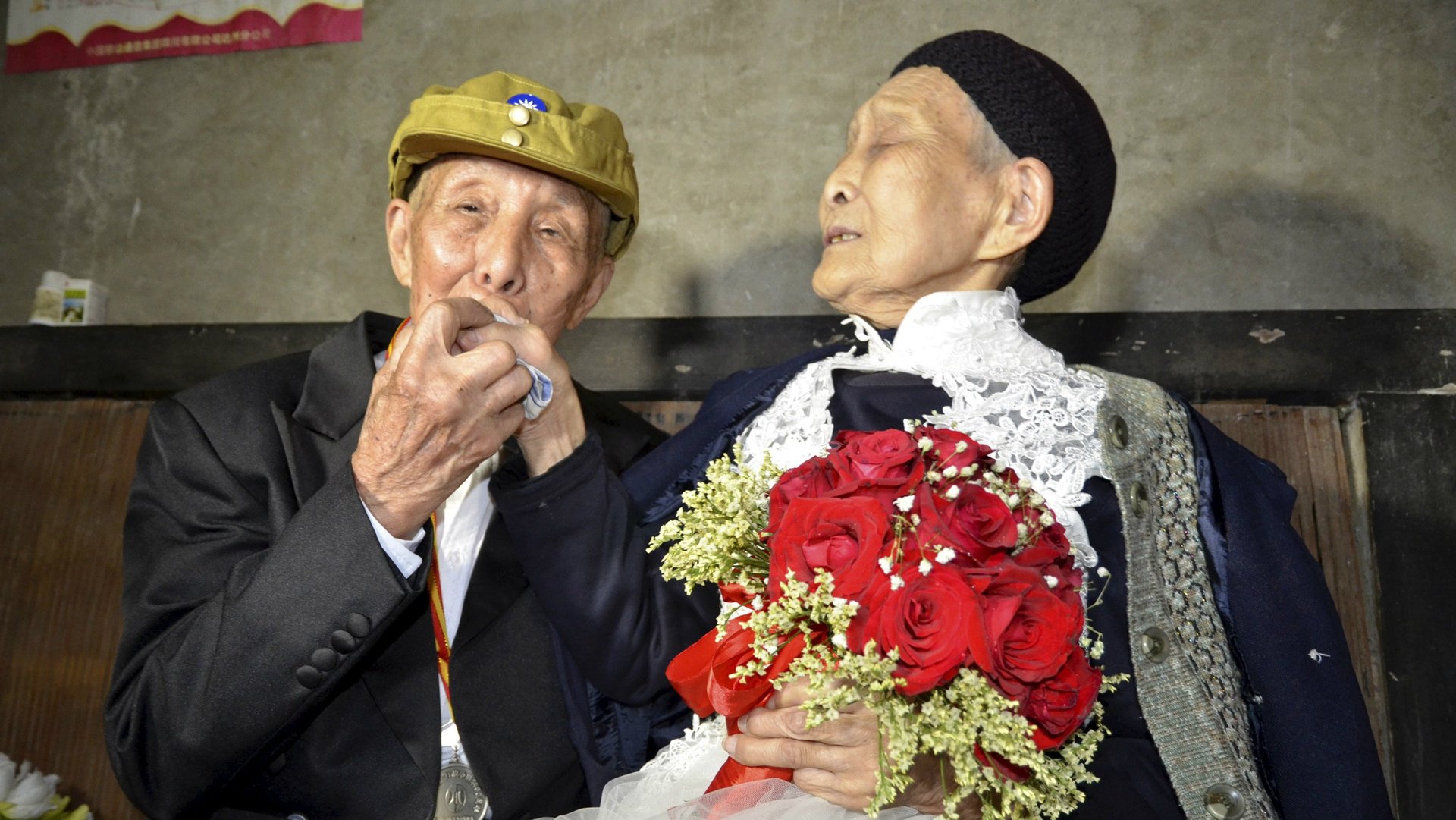One region is growing older a lot faster than anywhere else in the world
As recently as 1975, the median person in East Asia was younger than the world as a whole. Now, the world’s median age is 30 and the median person in East Asia is 38, according to the latest data from the United Nations


As recently as 1975, the median person in East Asia was younger than the world as a whole. Now, the world’s median age is 30 and the median person in East Asia is 38, according to the latest data from the United Nations
In other words, if the world is a millennial then East Asians belong to Generation X.
The rapid aging of East Asia—which includes China, Hong Kong, Japan, North and South Korea, Mongolia, Macao, and Taiwan—is one of the most important demographic trends of the past half-century. While just about every region in the world, outside of Africa, is also growing older, the shift in East Asia has been far faster than anywhere else.
From 1975 to 2015, the median age in East Asian grew from 21 to 38 years old, and from 1990 to 2017, the proportion of the population over 40 grew from 28% to 48%.
The combination of plummeting fertility rates and increasing life expectancy accounts for East Asia’s advance in years. In the 1960s, the average East Asian woman had almost six children. By the 2000s, the number had fallen to less than two.
Economist Max Roser explains on his website Our World in Data that most of the decline can be attributed the region’s rapid economic growth, along with increasing education and employment levels among women. Also, the move away from agriculture in favor of work in industry and services made child labor less valuable, and thus less advantageous to have many children. Roser disputes that China’s one-child policy had a large impact on fertility, pointing to studies that suggest birth rates in China fell at a similar rates to other countries with no such policy.
At the same time as birth rates declined, longevity increased. East Asians’ life expectancy jumped from less than 50 years in 1960 to nearly 70 by 1990—a rise in life expectancy about 30% faster than the rest of the world over that time. The majority of this can be attributed to lower rates of death from infectious and parasitic diseases like malaria and polio, according to the World Health Organization.
Another reason why East Asia is growing old so fast is immigration policy. Countries in the region, particularly Japan and South Korea, have not welcomed young immigrants from poor, younger countries, like India or the Philippines, who would likely be interested in working in their strong economies.
This demographic shift will continue: The United Nations forecasts that East Asia’s median age will grow faster than any other region over the next 25 years.
East Asia’s aging population is a cause for celebration, as it mostly reflects improved living conditions. Yet it also presents a big challenge. As Quartz’s Isabella Steger writes, countries like South Korea face a demographic time bomb. Since working-age populations are shrinking in comparison with the ranks of retirees, younger East Asians will bear the brunt of paying for old-age benefits for their parents. Opening up to immigration from still-youthful places like Africa and South Asia is the best option to redress the balance.